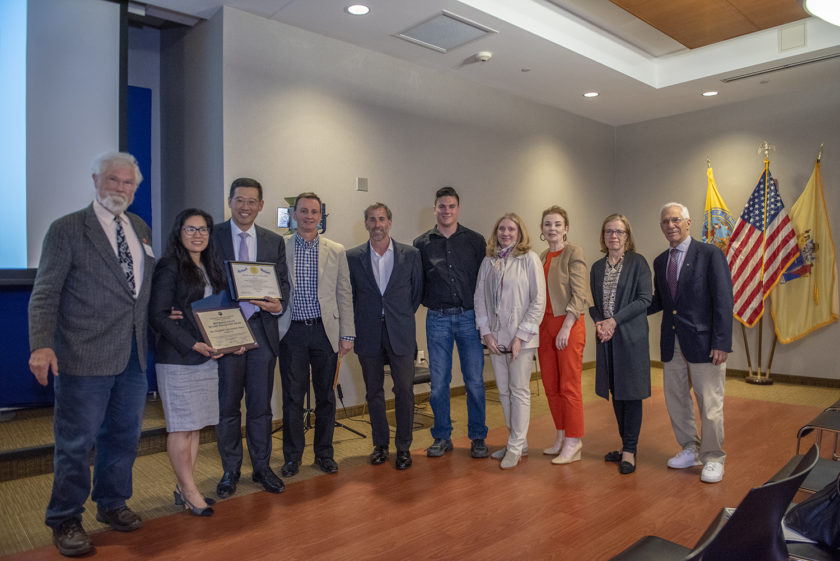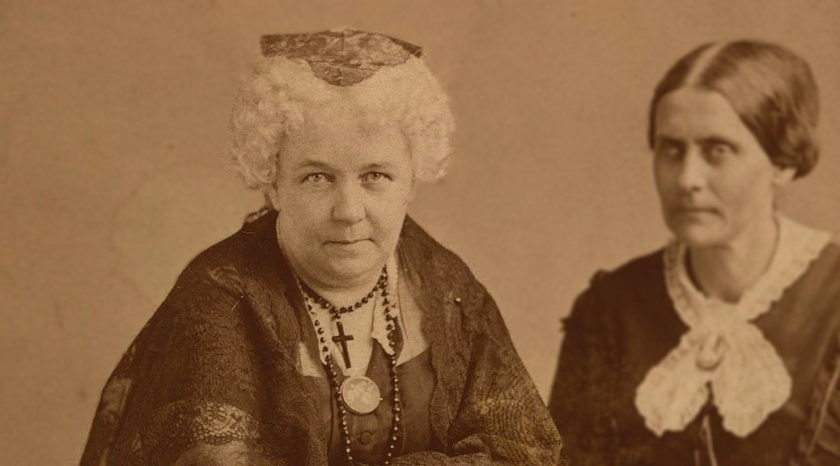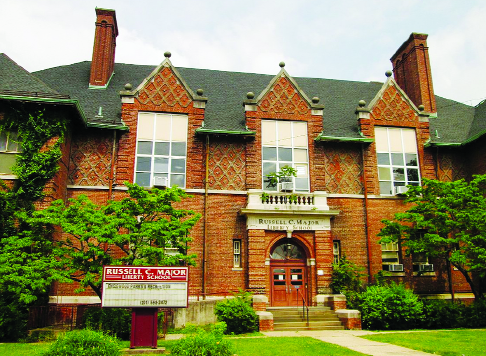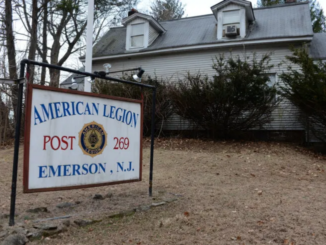
TENAFLY, N.J.—A local couple was honored for “exemplary contributions to historic preservation” by Bergen County for preserving an important part of American history—the Elizabeth Cady Stanton House in Tenafly—which was built by the women’s rights activist and served as ground zero for her continuing efforts to win women the right to vote.
Coincidentally, on Aug. 18, the U.S. Constitution’s 19th amendment, which granted women the right to vote in 1920, celebrated its 99th birthday.
The amendment was the result of nearly a century of efforts to win women the right to vote, including the work of Elizabeth Cady Stanton who spent a highly productive period of her life at a home in Tenafly.
The couple which bought and preserved the Cady-Stanton House—Emily Yang and Roger Chang—won a county preservation award for their faithful adherence to recreate and preserve details reminiscent of the mid-19th century architecture known as Second Empire with Colonial Revival elements, which were added in the early 20th century.
Yang told Northern Valley Press that she grew up in Tenafly and had heard stories of Cady-Stanton’s (1815-1902) accomplishments and her importance in women’s history.
According to a booklet honoring the preservation work completed on the Cady-Stanton House, it noted she “is arguably the most distinguished, thoughtful, and radical in the root sense of the word.”
‘An eloquent advocate’
“Gaining the right for women to vote remained a priority throughout her career but she supported an astonishing number of additional progressive causes: the abolition of slavery, the Married Women’s Property Acts, coeducation, child custody rights, reform of divorce laws, and labor unions. For all these causes, she proved an eloquent advocate in her writing and in person,” stated one write-up on Cady-Stanton.
Built in 1868, the Cady-Stanton House in Tenafly fulfills three criteria to qualify as an historic site, including who lived there, what happened there and what architectural features make the house worthy of preservation.
Preserving an important part of American history—and women’s history in particular—by maintaining and improving the Elizabeth Cady Stanton House in Tenafly has been a labor of love for the local couple and was a motivating factor in purchasing the home.
Yang said in addition to being a locally designated landmark, the house is a National Historic Landmark, an honor bestowed by the National Park Service in 1975.
“This site possesses national significance in commemorating the history of the United States of America,” reads the iron plaque attached to the home.
Near the street, a historic plaque installed by the local Historic Preservation Commission cites the Cady-Stanton House’s pedigree.
“Built in 1868, this was the home of women’s rights pioneer Elizabeth Cady Stanton, who fought ignorance and braved ridicule, to secure ‘justice to Woman.’ She accomplished much of her important work here, including the 1876 Declaration of Women’s Rights and The History of Woman Suffrage.

40 years before 19th
“On Nov. 2, 1880, Stanton with Susan B. Anthony tried to vote at a local hotel but was turned away. Stanton was an early advocate of an amendment to the U.S. Constitution, later ratified in 1920 giving women the right to vote,” concludes the plaque.
The 19th amendment granted women the right to vote, a goal to which Cady-Stanton had dedicated her life. In 1848, she hosted the first American women’s rights convention in Seneca Falls, New York, and was a leading suffragist voice for decades.
The Bergen County Historic Preservation Advisory Committee honored the homeowners because their efforts preserved the Second Empire and Colonial Revival elements “and made sensitive alterations that combine distinctiveness with complementarity. Railings at the roofline match the original house while railings on the terrace complement it. The landscape designer incorporated the older plants and trees while adding plantings and other elements,” the county observed.
“The owners and their project team earned this historic preservation award for continuing preservation and use, and for ensuring that future generations will continue to remember Elizabeth Cady Stanton, her life in Bergen County, and her central place in the history of women in America,” reads the county proclamation.
Yang said they purchased the Cady-Stanton House knowing it was a historic property and they would have to work with the local preservation commission to make exterior improvements.
She stressed only exterior improvements must be reviewed by the HPC, not internal renovations.
The HPC is concerned with the external appearance of a historic home, not the inside, she noted.
Yang said she’d heard of homeowners who did not want their homes or businesses declared “historic” due to an alleged negative impact on future market value.
But she said they’ve encountered no restrictions on making internal renovations and no major issues with external changes. An addition and a conservatory were added to the rear of the house recently, she said.

‘Very much honored’
“We feel very much honored to be part of a longer story, with all the previous (home) owners who were all partners to keep this story going,” she said.
Yang said that often negative perceptions about historic preservation are based on “very strong misconceptions” that historic designations create restrictions on internal renovations. She said that does not occur.
“We’re not a museum. This is a private home and it operates like every other private home in Tenafly,” said Yang, who purchased the historic home with her husband in 2015. Due to her involvement with historic preservation and rehabilitation over the past three years, Yang said she “became interested in and believes in” the value of historic preservation.
Due to her newfound interest and passion, she was appointed by Mayor Peter Rustin to Tenafly’s historic commission as an alternate member in July.



